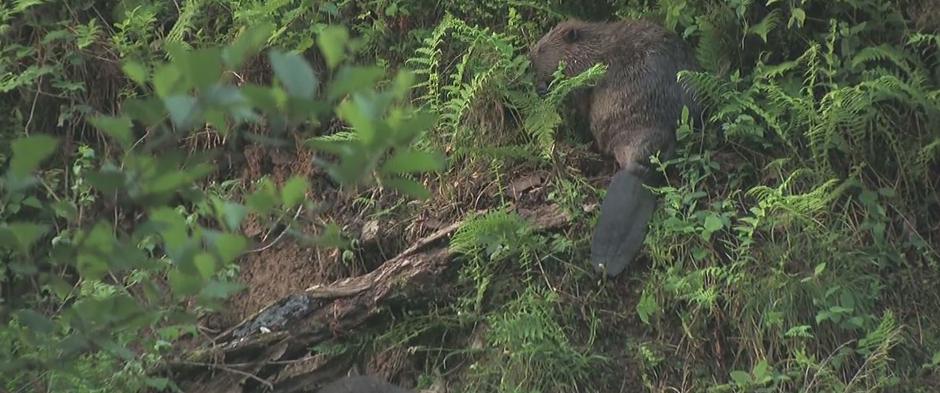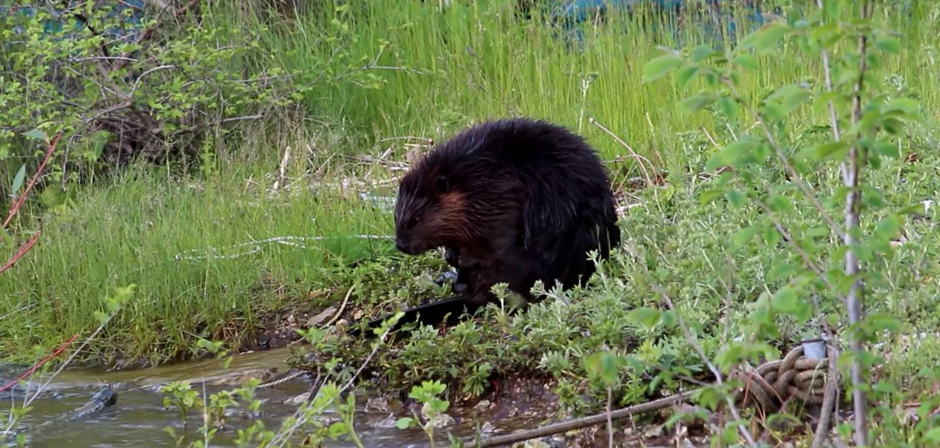How to Get Rid of Beavers

Beavers are the largest rodents in North America and they can really cause some damage to your home or business. Beavers feel at home in the water as they are essentially designed especially for water. Their fur is waterproof and their tail functions as a paddle in the water. If you have more than one beaver you should be ready to work against a team; beavers communicate with one another to warn of coming danger by slapping their paddle shaped tails on the water. They can also get really big with an adult beaver reaching up to 65 pounds with the lower weight for an adult at 35 pounds. That is a big rodent even when they are in the smaller group. So how do you get beavers out of your water property when they are not the easiest animals to catch? Keep reading to discover some hints.
Beaver Dams
One of the main reasons that beavers are considered a pest is that they can cause a lot of damage to the trees on your property. If you are unlucky enough one of those trees can actually damage your house. Beavers can also be the ones to blame when the local water supply gets contaminated. If that were not enough of a threat, the dams can make the water rise enough to wash out roads and in some cases that water can reach people’s homes. The beaver dam also gives them a good place to hide and because they spend a lot of time in the water, catching them is a challenge that can try the patience of even experienced wildlife trappers. In order to be able to trap beavers you have to know how to track them, and once you have that knowledge then you can make the trapping a whole lot easier.
Repellent There are commercial repellents and homemade repellents that can help keep beavers away. You should know that just like with any other wildlife a beaver repellent may not be the best answer to keep the beavers away. Generally speaking the animals tend to ignore odors, statue predators and loud noises that are intended to scare them away. The commercial kind of repellent can be purchased at some of the home and garden retailers in areas where beavers are known to be a problem. You can also purchase them online, but it is always recommended that you read reviews as some of these repellents will not really do anything to combat your beaver problem. Natural repellents may work if you spread them in an area where a beaver may be getting its materials from. If you notice that a tree is being damaged by beavers a simple combination of coarse sand and paint can do the trick. Keep in mind that repellents are not 100% guaranteed and some beavers may ignore them.
A Word On Destroying Their Dam
There are many who recommend destroying the dam these animals have built to get them to move onto another area. This is not recommended as it can be very dangerous and quite often the beavers just rebuild.

Trapping Beavers
As stated before a beaver can be difficult to trap, but it is not impossible. If you decide to do the trapping yourself you should always use a live trap. It is the humane thing to do and in fact they are some of the most effective traps available. As much as we think of beavers as pests they are also necessary to the ecosystem. When you do trap a beaver release it at least ten miles away from the location where you trapped it to ensure that it does not come back. If you don’t want the hassle you can make other arrangements. A wildlife trapper will not only catch the beaver but they will also release it in a location where it can make a new home and not be a pest to people in the area.
Other beaver information:
About Beaver: Appearance, biology, life cycle, habitat, diet, behavior
Beaver Prevention - How to keep beavers away from a pond or stream
Beaver Repellents - Types, and do they work?
What kind of damage can beavers cause?
How to Get Rid of Beavers
How to kill beavers
How to trap a beaver
North American Beaver Biology Information
About Us
We are the Pest Education Network, a non-profit organization that focuses on wildlife and pest removal education. Our approach utilizes Integrated Pest Management, a strategy advocating prevention and humane methods.


